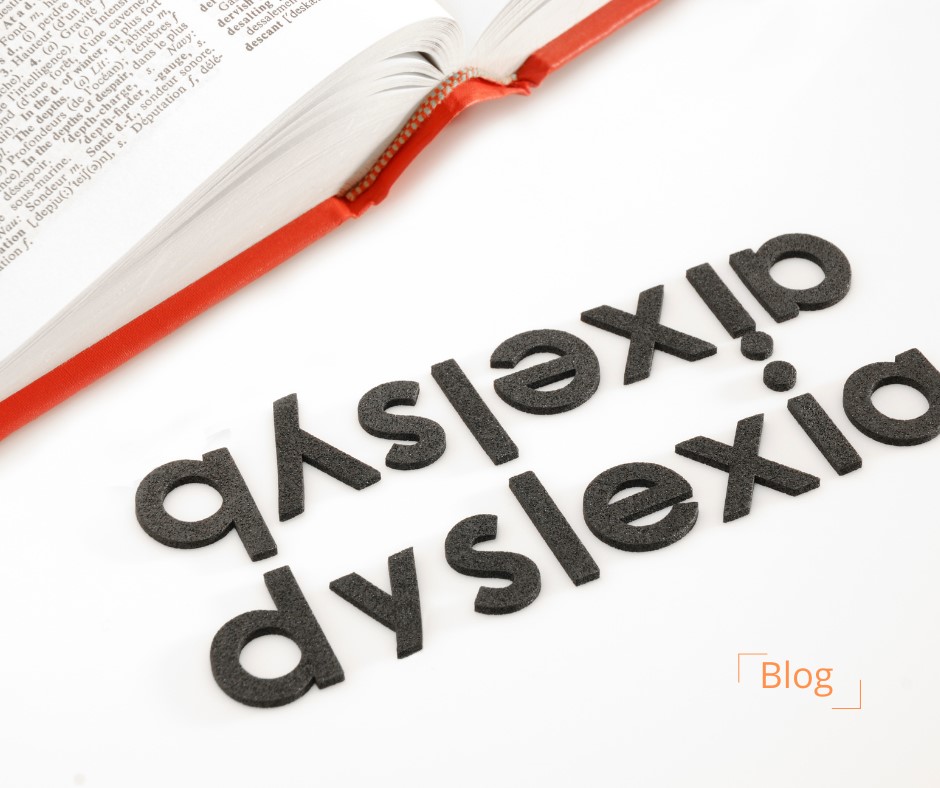Empowering Dyslexic Learners: Effective Instructional Strategies
Dyslexia is a common learning disability that affects a child’s ability to read, spell, and write fluently. It’s crucial to understand that dyslexia does not indicate a lack of intelligence; rather, it’s a neurological difference that requires tailored instructional strategies to support these children in their educational journey.
Understanding Dyslexia
Before delving into the strategies, let’s briefly understand dyslexia. Dyslexia is characterized by difficulties in phonological processing, which impacts a child’s ability to decode words and recognize common sight words. It affects approximately 10% of the population and is often diagnosed in early childhood.
Multisensory Learning
One of the most effective approaches for teaching children with dyslexia is multisensory learning. This approach engages multiple senses, such as sight, hearing, and touch, to reinforce learning. For instance, teachers might use specialized programs like Orton-Gillingham, which incorporates visual, auditory, and kinesthetic elements to teach reading and spelling.
Structured Phonics Instruction
Structured phonics instruction is fundamental for children with dyslexia. It involves teaching the relationship between sounds and letters systematically. Using explicit and sequential phonics programs can significantly benefit dyslexic students as they learn to decode words and develop reading fluency.
Small Group Instruction
Small group instruction allows for more individualized support. In a smaller setting, educators can tailor lessons to a child’s specific needs, providing ample opportunities for practice and feedback. This approach enhances engagement and confidence in dyslexic learners.
Assistive Technology
Embracing assistive technology can be a game-changer for children with dyslexia. Text-to-speech software, audiobooks, and speech recognition tools can help students access information and express themselves effectively. These tools level the playing field, ensuring that dyslexic learners can participate fully in the educational process.
Visual Aids and Color Coding
When teaching vocabulary or spelling, using flashcards with clear, colorful illustrations alongside words can help students grasp and remember the meanings and spellings of words more effectively. Additionally, using color-coded charts and diagrams for subjects like math can simplify complex concepts. Dyslexic learners often benefit from clarity and structure that visual aids and color coding provide, making the learning process both accessible and enjoyable. These techniques help in organizing information, improving comprehension, and enhancing memory retention.
Encourage Reading for Pleasure
Promoting a love for reading is essential for children with dyslexia. Encourage them to explore books that align with their interests and reading level. Audiobooks and digital platforms can be excellent alternatives for accessing content.
Regular Progress Monitoring
Frequent progress monitoring is crucial to track a child’s growth. Regular assessments can help identify areas of improvement and adjust instructional strategies accordingly. Celebrating small successes can boost a dyslexic child’s self-esteem and motivation.
Collaborating with Special Education Professionals
Collaboration between teachers, parents, and special education professionals is key. By working together, you can create a supportive environment where dyslexic children can thrive academically and emotionally.
In conclusion, children with dyslexia have unique learning needs that require specialized instructional strategies. By embracing multisensory learning, structured phonics instruction, assistive technology, and other supportive approaches, we can empower these students to unlock their full potential in reading and learning. Remember, with the right strategies and a supportive community, children with dyslexia can achieve academic success and build a lifelong love for learning.

